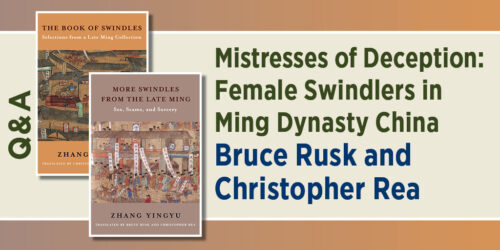Two new looks at cinematic and literary representations of 9/11
As Stephen Prince author of Firestorm: American Film in the Age of Terrorism points out in a recent interview in Rorotoko, “shortly after the attacks, many people predicted that storytelling … would be changed forever.”
Prince’s book explores a range of narrative films and documentaries, including Oliver Stone’s World Trade Center and Michael Moore’s Fahrenheit 9/11 to examine the extent to which filmmakers found new methods of storytelling; what kinds of movies were made in response to 9/11; and whether it is even possible to practice poetic license with such a devastating, broadly felt tragedy.
In his interview with “Rorotoko,” Prince says:
Firestorm shows how easily Hollywood film and television absorbed the events of this national tragedy into the existing story conventions, genres and formulas of popular culture. Shortly after the attacks, many people predicted that storytelling, especially in moving image media, would be changed forever. This did not occur, and Hollywood found numerous ways to make terrorism a profitable subject for entertainment, something that seemed unthinkable right after 9/11.
In Out of the Blue: September 11 and the Novel, Kristiaan Versluys focuses on a select group of novels including, Don DeLillo’s Falling Man, Art Spiegelman’s In the Shadow of No Towers, Jonathan Safran Foer’s Extremely Loud and Incredibly Close, and John Updike’s Terrorist.
Like Prince, Versluys is interested in how novelists sought to depict an event that many originally viewed as beyond representation. He argues that while many attempts failed, a few, including those mentioned above, “succeed in engaging the full range of the imagination, beyond patriotic cliches and beyond the pabulum of the talking heads.” He continues:
They affirm the humanity of the befuddled individual groping for an explanation, express the bewilderment of the citizen as opposed to the cocksureness of the killers, give voice to stuttering and stammering as a precarious act of defiance…. Through formal means they suggest the impact of shock—the immediate shock that causes panic or the slower realization that things have altered beyond repair. These works testify to the shattering of certainties and the laborious recovery of balance.





